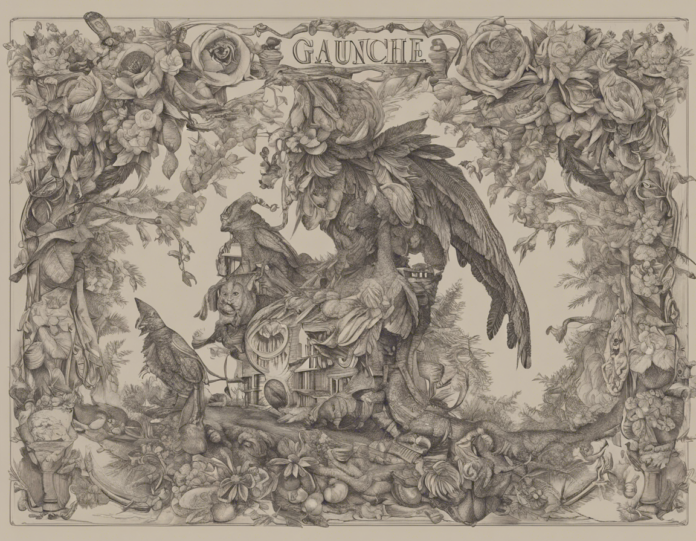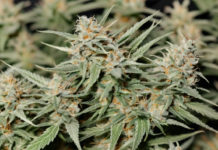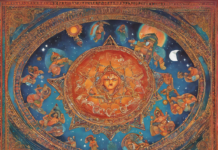The Gaunche attire is far more than just clothing worn by an indigenous people; it holds a rich cultural significance ingrained in the history of the Canary Islands. The Gaunche people, also known as the Guanches, were the original inhabitants of these islands before the Spanish conquest in the 15th century. Their attire reflects their deep connection to their environment, lifestyle, beliefs, and social structure. Understanding the elements of Gaunche attire provides valuable insights into the history and cultural heritage of this unique population.
The Historical Context of Gaunche Attire
The Gaunche people lived a simple and harmonious life on the Canary Islands, where they developed a distinctive culture characterized by their clothing, language, and customs. Gaunche attire was primarily made from natural materials such as animal skins, wool, and plant fibers. The use of these materials not only served practical purposes but also symbolized the Gaunche’s close relationship with nature and their environment.
Key Elements of Gaunche Attire
1. Tenerife Gowns
The traditional outfit of the Gaunche women on the island of Tenerife consisted of long gowns made of wool or plant fibers. These gowns were often decorated with intricate patterns and designs that showcased the skill and creativity of the women who made them. The gowns were not only clothing but also a form of artistic expression and cultural identity.
2. La Gomera Wrap Skirts
Women on the island of La Gomera wore wrap skirts made from plant fibers that were dyed using natural pigments. These skirts were versatile and could be adjusted for different occasions or activities. The colors and patterns of the skirts varied depending on the region and the status of the wearer within the community.
3. Animal Skin Clothing
Both men and women in the Gaunche society often wore clothing made from animal skins, particularly goat and sheep skins. These garments were practical for the harsh climate of the Canary Islands and provided protection against the elements. Animal skin clothing was also a symbol of the Gaunche’s resourcefulness and ability to use all parts of the animals they hunted.
Symbolism and Cultural Significance
1. Identity and Social Status
Gaunche attire played a crucial role in defining the identity and social status of individuals within the community. The materials, colors, and designs of the clothing could indicate a person’s age, gender, marital status, and social standing. Specific garments were reserved for special occasions or ceremonies, emphasizing cultural traditions and norms.
2. Connection to Nature
The use of natural materials in Gaunche attire symbolized the people’s deep connection to the natural world. By wearing clothing made from wool, plant fibers, and animal skins, the Gaunche acknowledged their dependence on the environment for sustenance and survival. This connection to nature was fundamental to their spiritual beliefs and cultural practices.
3. Ceremonial and Ritualistic Garments
Certain pieces of Gaunche attire were reserved for ceremonial or ritualistic purposes, such as religious ceremonies, harvest festivals, or rites of passage. These garments were often embellished with symbolic motifs or colors that held spiritual significance within the Gaunche belief system. The wearing of specific clothing during rituals reinforced cultural values and traditions passed down through generations.
Preservation and Revival of Gaunche Attire
In recent years, there has been a renewed interest in preserving and reviving traditional Gaunche attire as a way to honor the cultural heritage of the Canary Islands. Artisans and designers are incorporating elements of Gaunche clothing into contemporary fashion, paying homage to the craftsmanship and artistry of the indigenous people. By preserving and celebrating Gaunche attire, the communities of the Canary Islands are keeping their unique history alive for future generations to appreciate and learn from.
FAQs (Frequently Asked Questions)
1. What materials were commonly used to make Gaunche attire?
Answer: Gaunche attire was typically made from natural materials such as wool, plant fibers, and animal skins, including goat and sheep skins.
2. What was the significance of the intricate patterns and designs on Gaunche clothing?
Answer: The patterns and designs on Gaunche clothing were not only decorative but also symbolic, representing cultural identity, beliefs, and social status within the community.
3. How did Gaunche attire reflect the connection to nature?
Answer: The use of natural materials in Gaunche attire symbolized the people’s deep connection to the environment and their acknowledgment of nature’s role in their daily lives.
4. Were there specific garments reserved for special occasions or ceremonies in Gaunche culture?
Answer: Yes, certain pieces of Gaunche attire were reserved for ceremonial or ritualistic purposes, such as religious ceremonies, harvest festivals, or rites of passage.
5. How is traditional Gaunche attire being preserved and revived today?
Answer: Artisans and designers are incorporating elements of Gaunche clothing into contemporary fashion to honor the cultural heritage of the Canary Islands and keep their unique history alive for future generations.









